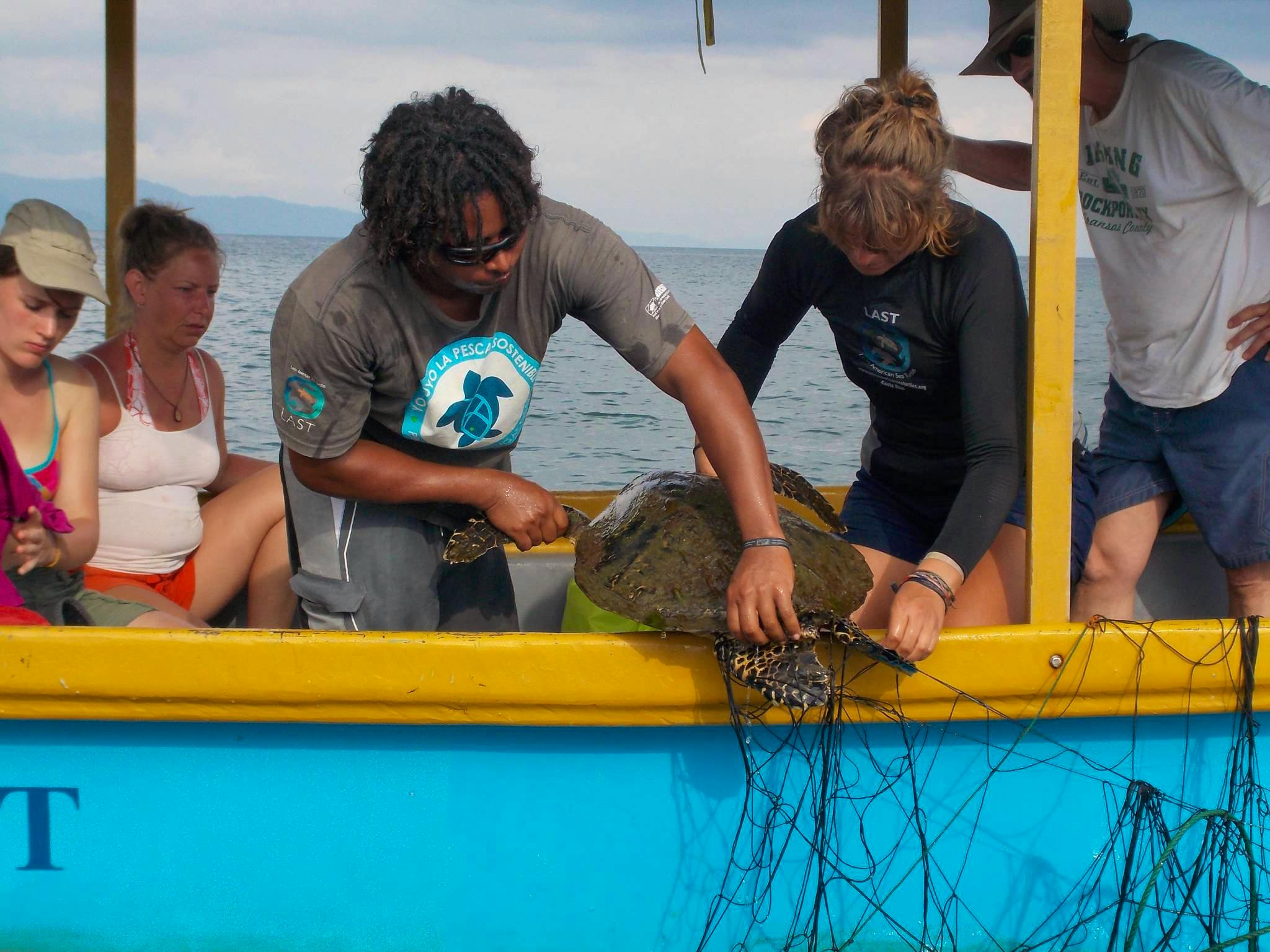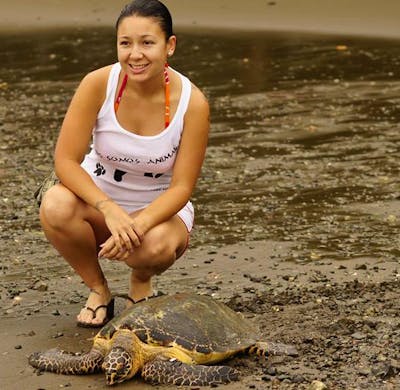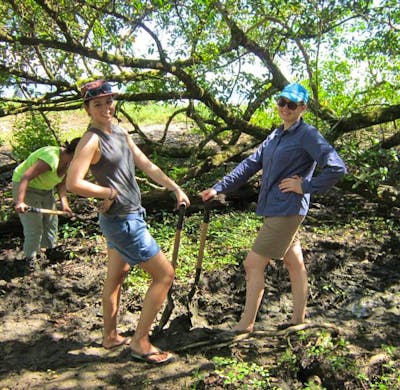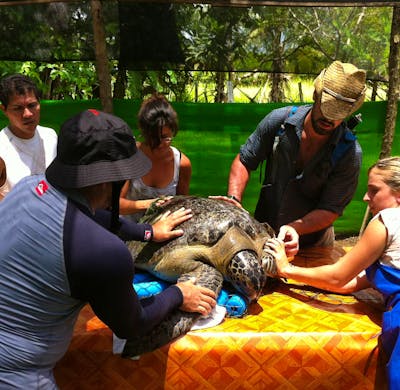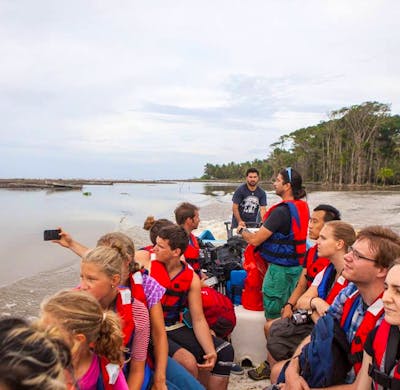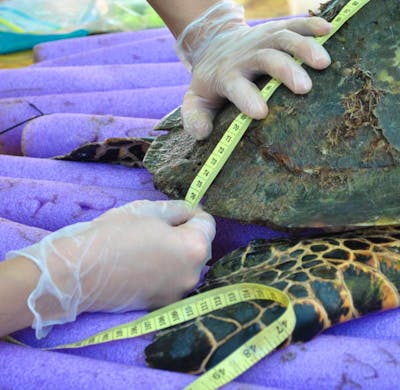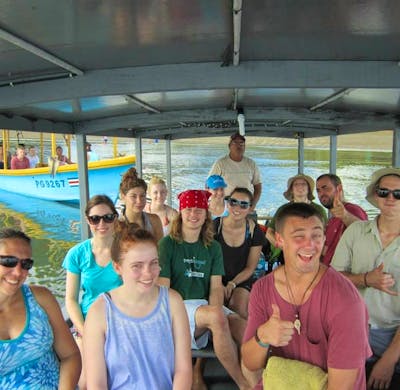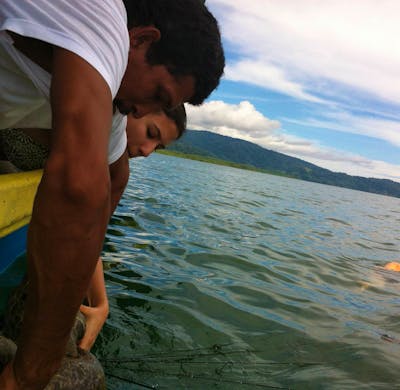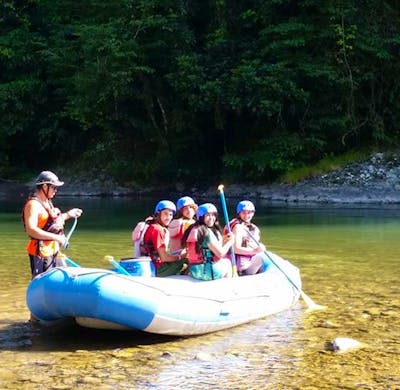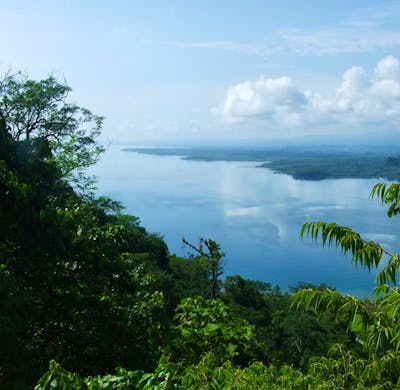2022 at In water Sea Turtle Studies
from 535€
In water Sea Turtle Studies
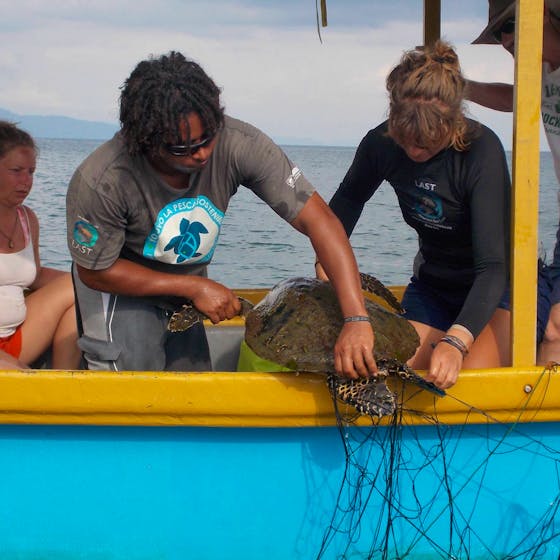
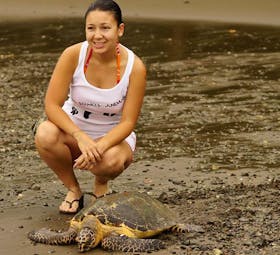

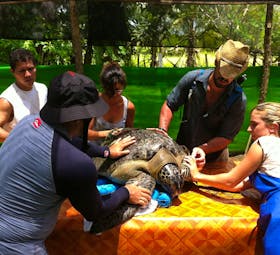
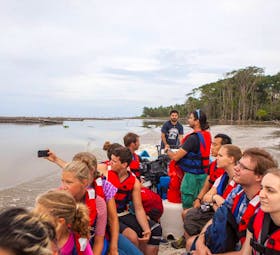
Highlights
- Join researchers to collect data on endangered species
- Immerse yourself in a rural Costa Rican village
- Make an impact on climate change by reforesting mangroves
- Participate in hands on conservation efforts
- Enjoy nature on your doorstep
Especially suitable
About the program
Monitor the feeding habits of turtles in the Peninsular de Osa, by laying nets, catching and taking data from turtles. This is combined with mangrove reforestation
- About the Program
At our Osa in-water program you have the unique opportunity to get hands on experience with scientific research.
In Playa Blanca, our work focuses on Hawksbill (Eretmochelys imbricata) and Eastern Pacific Green turtles (Chelonia mydas). Sea turtles spend only 1% of their lives on ...
Typical day
Usual working days are 6 days per week from 07:30 AM - 3:30 PM.
In-Water Monitoring:
A monitoring trip takes 7 hours; you will leave early in the morning and return after lunch time. Volunteers help with the preparation of boat equipment, adequate maintenance of the turtle net and will follow the ...
Free-time activities
The project lies close to Corcovado National park - which volunteers can visit on days off
The nearest town is Puerto Jimenez, with many shops, bars, restaurants and tours.
In Playa Blanca, it is possible to rent kayaks, horseride, or even take a canopy ziplining tour or an ATV tour.
Volunteers have ...
Requirements
What's Included
What's NOT included?
Details on arrival
Volunteers can start at the project Mondays to Fridays only.
Program fees
Meet your organization
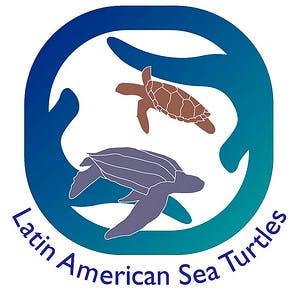
Latin American Sea Turtles
Non-profit - founded in 2013
Verified by Volunteer World
Coordinated by
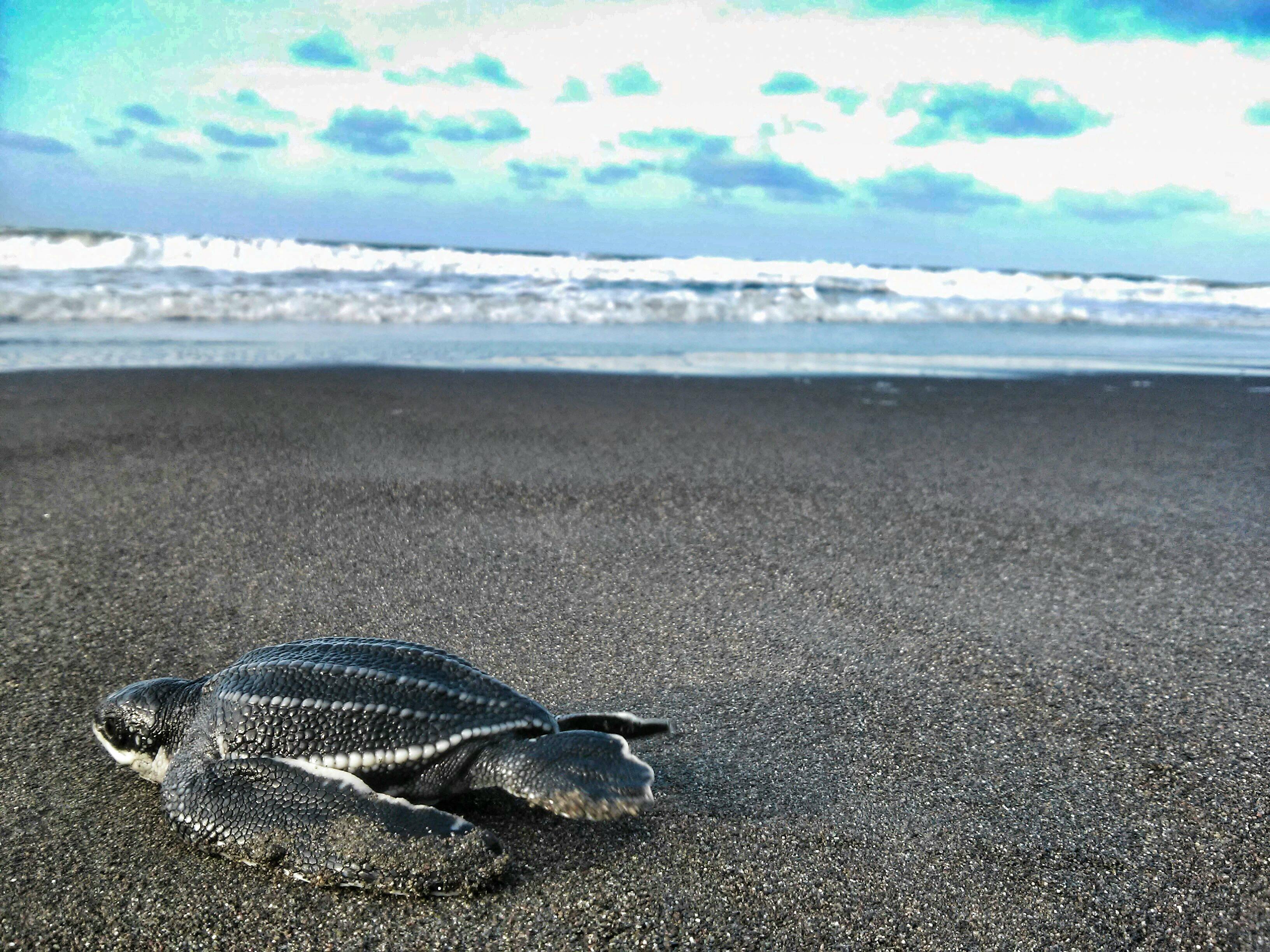
Nicki
About the project
18 reviews ·  4.5
4.5
Location

You might also be interested in
-
Families with small kids
Sea Turtle Conservation
Sea Turtles Costa Rica
Family Volunteering in Costa Rica
Animals in Costa Rica
Projects Abroad
Global Volunteer Opportunities
Voluntouring
Group Volunteering
Marine Life in Costa Rica
Best Volunteer Programs
Couples
Volunteer Trips for College Students
Adults
Mission Trips
Planning a Gap Year in Costa Rica
Family Volunteering
50 Plus Volunteering
Latin America
